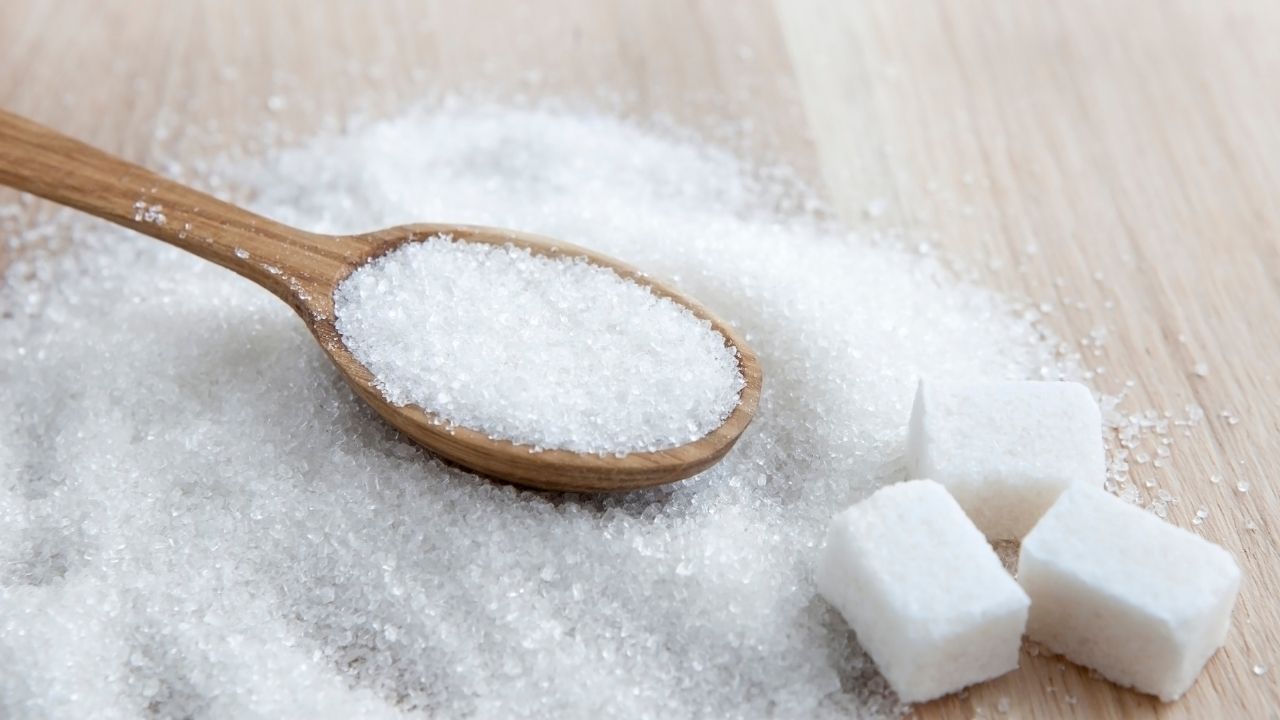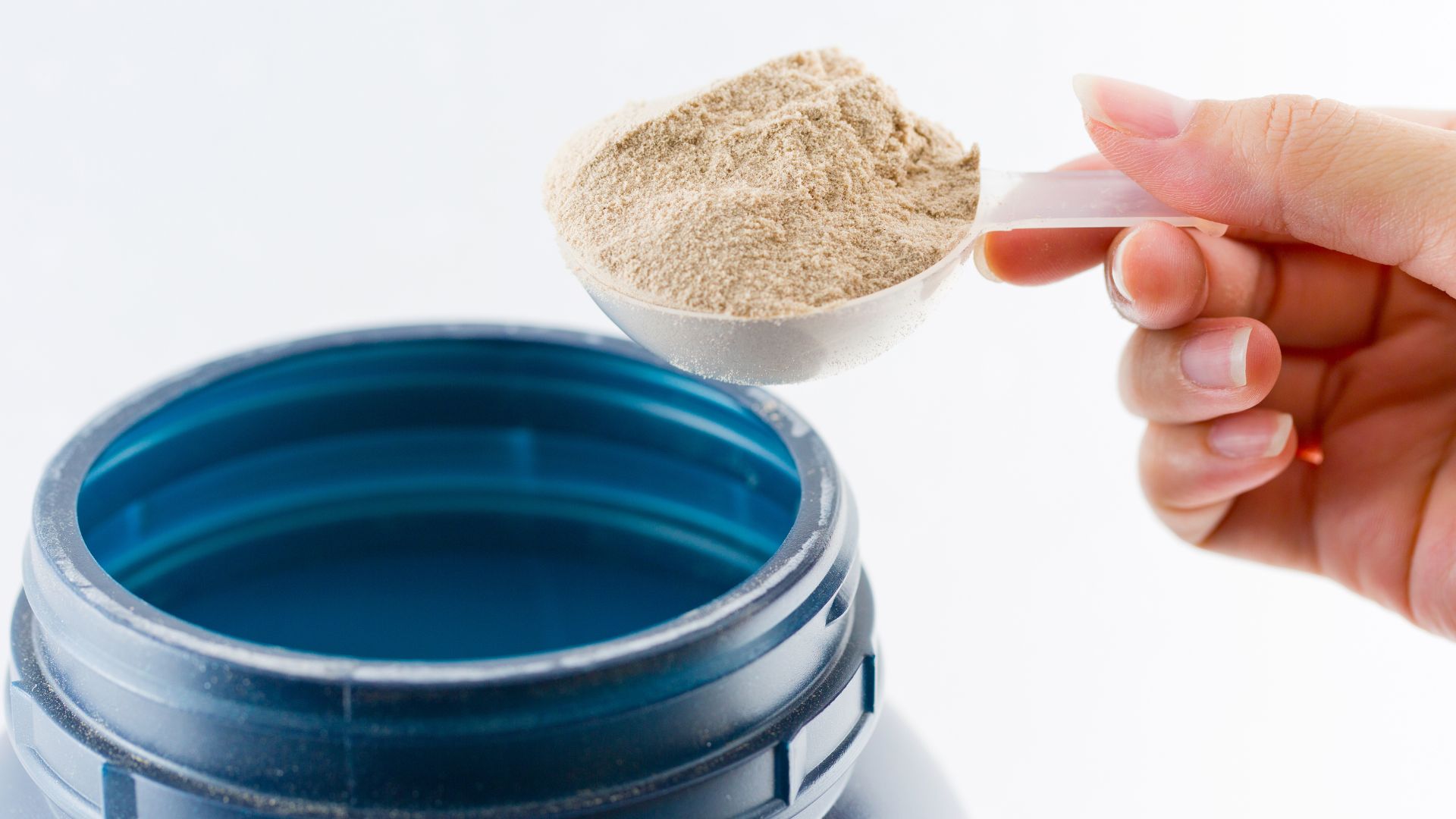Health
Is Sugar Responsible for the Obesity Epidemic?

The developed world is currently struggling with an obesity epidemic, responsible for higher rates of death and various diseases and conditions (including diabetes and heart disease). The percent of U.S. adults over the age of 19 who are overweight is now 73.6 percent, with 42.5 percent of adults being formally classified as obese – and the statistics for children and adolescents aren’t much better.
Various nutrition and health experts have pointed the finger at different culprits over the years, with many people blaming sugar intake for the rise in obesity. But is sugar completely to blame for the obesity epidemic? And if so, what can we do about it?
The Problems With Sugar
Essentially, the problems with sugar
- A source of excess calories. First and foremost, sugar is a source of excess calories – and often, those calories are empty. Sugar is a type of simple carbohydrate that comes in a few different forms, including glucose and fructose, but it always carries 4 calories per gram. It’s found naturally in a variety of foods, including those we find nutritious and part of a “healthy diet,” like apples and other fruits. However, it’s also frequently added to processed foods, especially desserts, making them richer and more caloric. When human beings consume more calories than they expend in the course of a day, they store the extra energy in the form of fat. Put simply, sugar is a rich source of calories, so eating too much sugar can lead to weight gain.
- Good taste. Adding to the complexity of the situation is sugar’s delicious taste. Humans evolved to favor sweet foods, like fruits, because they’re both rare and nutritious in the wild. But these days, sugar is plentiful – and it still tastes just as delicious. People love eating sugar, feeling a release of dopamine and other “feel-good chemicals” whenever they do it, so much so that some experts believe it’s possible to be addicted to sugar. If you have a bad habit of eating high-calorie, sugary foods, this quality of sugar can make the problem worse.
- High prevalence. Sugar has the potential to make a person overweight, sure, but can it really be blamed for an entire culture of overweight people? The answer is partially yes, if for no other reason than its high prevalence. Food producers all over the world pack sugar into their foods whenever possible – especially a certain type of sugar called high fructose corn syrup (HFCS), which functions as a preservative in addition to its sweetening effect. This makes sugar hard to avoid – and adds calories to otherwise perfectly good food choices.
- High glycemic index. It’s also worth noting that sugar metabolizes in the body differently than other carbohydrates and other nutrients. It carries a high glycemic index (GI), meaning it processes very quickly, releasing into the bloodstream at a fast rate. However, it should be noted that the evidence that sugar has a direct impact on obesity rates independent of its caloric content is difficult for experts to parse. In other words, we’re not sure whether sugar’s fast processing in the body makes its calories have a different impact on the body than comparable qualities from a lower-GI food.
How to Handle the Sugar Problem
So what can we do to handle the sugar problem?
Everything starts with us being more educated consumers. We need to pay careful attention to the labels of the food products we buy, and understand that added sugar can have a negative impact on our health.
We can also work on utilizing sweeteners and preservatives other than sugar. These days, thanks to the progress made by food scientists, we have access to a wide range of both natural and artificial sweeteners that give us the same great taste and culinary function of sugar – but without the high calories and high glycemic index.
Other Variables to Consider
Of course, it’s hard to blame sugar exclusively for the obesity epidemic. We also have to consider:
- Total calorie consumption. High-calorie diets, regardless of the specific foods eaten, will lead to obesity. Big portion sizes and mindless snacking are partially to blame for the epidemic.
- Trans fatty acids (TFAs). Some experts have pointed the finger at TFAs, fatty compounds that are prevalent in fast foods and fried foods.
- Sedentary lifestyle. We also need to consider the lack of physical exercise the average person gets on an average day. With desk jobs and minimal time in recreational activities, we burn fewer calories.
Sugar isn’t the only factor responsible for the high rates of obesity in the developed world, but it’s definitely a contributor. Collectively, we need to take the impact of sugar seriously and work to lessen its impact on our weight and health.
Health
Best Times to Take Whey Protein Isolate for Optimal Results

For anyone looking to build muscle, recover faster, or simply improve their overall nutrition, timing can make a big difference when it comes to protein intake. Whey protein isolate is one of the most efficient and bioavailable sources of protein available — easily absorbed by the body and ideal for supporting recovery and growth. Whether you’re a seasoned athlete or just starting your fitness journey, knowing the best times to take it can help you make the most of its benefits. If you’re looking for a high-quality option, explore premium whey protein isolate in Australia to fuel your results.
1. Post-Workout: The Prime Time for Recovery
The period immediately after your workout is arguably the best time to consume whey protein isolate. During exercise, your muscles experience micro-tears and deplete their glycogen stores. Consuming whey protein isolate within 30 minutes post-training provides your body with fast-digesting amino acids, which help repair muscle tissue and stimulate protein synthesis.
Pairing your shake with a source of carbohydrates can further enhance recovery by replenishing glycogen stores and promoting better nutrient absorption.
2. First Thing in the Morning
After several hours of sleep, your body wakes up in a fasted state. Consuming whey protein isolate in the morning helps prevent muscle breakdown and kickstarts your metabolism for the day. It’s particularly useful if you don’t have time for a full breakfast or if you train early in the morning.
This quick, easily digestible protein gives your muscles a readily available source of amino acids to maintain muscle mass and energy levels throughout the morning.
3. Between Meals to Support Protein Intake
If you struggle to meet your daily protein goals through food alone, taking whey protein isolate between meals is a simple way to boost your intake. This is especially beneficial for those aiming to build lean muscle or lose fat while maintaining muscle mass.
A mid-morning or mid-afternoon shake helps stabilise blood sugar levels and reduces the temptation to reach for less nutritious snacks.
4. Before Bed (When Needed)
While casein protein is traditionally recommended for nighttime use due to its slow digestion, whey protein isolate can also be beneficial before bed in certain cases — particularly for those who train late in the evening or need additional daily protein intake.
Although it digests quickly, it still provides your muscles with amino acids to support repair and recovery during the early stages of sleep.
Optimising Your Protein Strategy
Ultimately, the best time to take whey protein isolate depends on your fitness goals, training schedule, and dietary habits. The most important thing is to ensure you’re consistently meeting your total daily protein needs. Whey protein isolate’s versatility makes it easy to integrate into your lifestyle — from breakfast smoothies to post-workout shakes.
-

 Tech5 years ago
Tech5 years agoEffuel Reviews (2021) – Effuel ECO OBD2 Saves Fuel, and Reduce Gas Cost? Effuel Customer Reviews
-

 Tech6 years ago
Tech6 years agoBosch Power Tools India Launches ‘Cordless Matlab Bosch’ Campaign to Demonstrate the Power of Cordless
-

 Lifestyle6 years ago
Lifestyle6 years agoCatholic Cases App brings Church’s Moral Teachings to Androids and iPhones
-

 Lifestyle5 years ago
Lifestyle5 years agoEast Side Hype x Billionaire Boys Club. Hottest New Streetwear Releases in Utah.
-

 Tech7 years ago
Tech7 years agoCloud Buyers & Investors to Profit in the Future
-

 Lifestyle5 years ago
Lifestyle5 years agoThe Midas of Cosmetic Dermatology: Dr. Simon Ourian
-

 Health7 years ago
Health7 years agoCBDistillery Review: Is it a scam?
-

 Entertainment6 years ago
Entertainment6 years agoAvengers Endgame now Available on 123Movies for Download & Streaming for Free
